Most Cave Ins Occur in Trenches 5 to
Most cave-ins happen suddenly with little or no warning and occur in trenches 5 feet 15 m to _____. 93-110 Briefly describes worker deaths from trench cave-ins and provides recommendations for prevention.
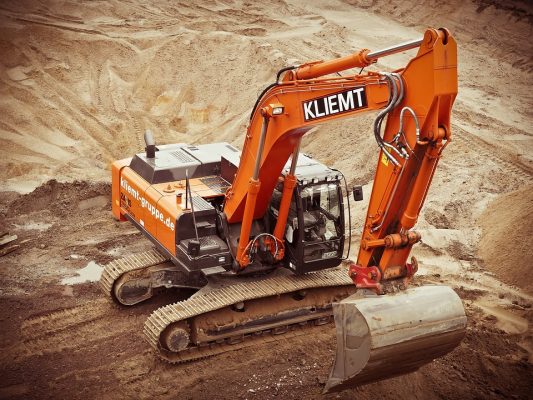
Trenching Excavation Safety Training Nasp
DHHS NIOSH Publication No.
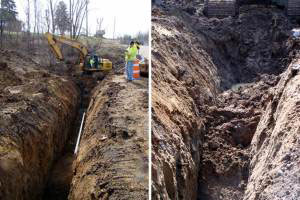
. Cave - Ins Cave-ins are the most common and deadly hazard in excavation work. Part one of the series discusses the need for proper shoring. Trenches over 4 feet deep.
Deep and happen suddenly with little or no warning. Trench Cave-Ins - Expert Article on Protecting Workers Against Cave-Ins Collapses In the second part of this three-piece article on trench collapses the civil engineers at Robson Forensic discuss why trenches collapse and provide an introduction to some of the most common methods used to protect workers in and around trenches. The vast majority of trenching fatalities occur in trenches 5 to 15 feet deep.
Deep Soil moves too fast to escape. Trenches 5 to 15 deep. HOW DO MOST DEATHS OCCUR.
Trench Cave-ins Cave-ins happen suddenly with little or no warning. Three Types of Cave-ins and their Indicators Introduction There are several ways that cave-ins occur. Cave-ins occur when soil or rock falls or slides into an excavation Most cave-ins occur in trenches 5 to 15 feet deep and happen with little or no warning.
5 to 15 feet. 1 cubic yard of soil can weigh up to 3000 lbs. In every trench over four feet deep there must be.
It takes just over a half a second for a six-foot trench to collapse Human reaction time is a half a second. 10 feet 34 m deep b. Observing proper safety precautions when working with and around electrical current is important as the human body _____.
OSHA Office of Training and Education 4 Definitions Excavation a man-made cut cavity trench or depression formed by earth removal. A trench is a excavation that is. Most deaths occur in trenches 5-14 feet deep.
Reduction in Frictional and Cohesive Capacities of Soil. In every trench over four ft. Cave-ins cause death by.
Originally published 07122017. Here are some practices that will help reduce the risk of on. Most cave-ins occur at this depth.
The three primary ones are. CAN CONDUCT ELECTRICAL CURRENT. An trench is an _____ that is deeper than it is wide and usually not wider than 15 feet.
In every trench over four feet deep there must be an exit every _____. In every trench over 4 feet deep there must be an exit every _____. But trench cave-ins dont have to happen.
OSHA has made reducing trenching and excavation hazards the Agencys Priority Goal. The minimum distance that a spoil pile must be located from the edge of an excavation is _____. Deep there must be an exit every_____ 25 feet.
1 cubic foot of soil can weigh up to 140 lbs. Trench collapses or cave-ins pose the greatest risk to workers lives. They are the greatest risk in trenches Most deaths from cave-ins occur in trenches 5 to 15 ft.
Cave-ins are the greatest risk. Most cave-ins happen suddenly with little or no warning and occur in trenches 5 feet to _____. Trench collapses can occur without warning regardless of the depth.
This often occurs with wet soil. That leaves less than a. This is the second of a two-part series on trench safety and the story of a cave-in survivor who dispels the common belief that only deep trenches are dangerous.
Most cave-ins occur in trenches 5 to ___ feet deep and happen suddenly with little or no warning. In every trench over 4 feet deep there must be next it every _____. Most cave-ins occur in trenches 5 to _____ feet deep and happen suddenly with little or no warning.
Topics include the four types of trench collapse the frequency and cost of trench collapses trench soil types and common trench protective systems. The most common cause of death for equipment operators. Observing proper safety precautions when working with and around electrical current is important because the human body.
Most cave-ins occur in trenches 5 to _____ feet deep and happen suddenly with little or no warning. TRENCHES MORE THAN 5 FEET UNLESS MADE IN STABLE. A cave-in such as accumulation of water in the trench or protective system problems.
Most common failures of trench walls occur in three steps. Suffocation crushing loss of circulation falling objects. With absolutely no warning.
Cave-ins happen and what can be done to prevent them. Most cave-ins occur in trenches 5 to _____ ft. Additionally workers must not have to travel more than twenty-five feet to reach any of these points of egress from within the trench.
Summary of NIOSH Alert 85-110. 15 feet 46 m deep c. Cave-ins are the most common excavation hazard when working in trenches but there are other hazards to consider as well.
In February 2014 Jordan Baughn was working in Jonesboro Arkansas laying storm drain in a 3-foot 9-inch trench when a chunk of. In 2016 a 29-year-old Oregon pipe layer died when he was buried under six feet of dirt in an improp-erly shored trench. And in 2018 three Oregon workers were injured one critically in two separate incidents involving trenches that lacked protective systems.
Addition or Removal of Water. OSHAs General Trenching and Excavation Rules include. They are preventable with proper planning and execution of safety precautions.
Bulging at Bottom of Trench 1 When the soil sags and forms a bulge at the bottom it is getting too heavy to hold itself up. Most accidents occur in trenches 5-15 feet deep There is usually no warning before a cave-in. The competent person must also take actions for other types of hazards such as falling loads or hazardous atmospheres Monitor other types of trenchrelated hazards that can occur such as falls from the edge rigging hazards or tox-ic and combustible gases.
THINGS THAT CAN CAUSE CAVE-INS.
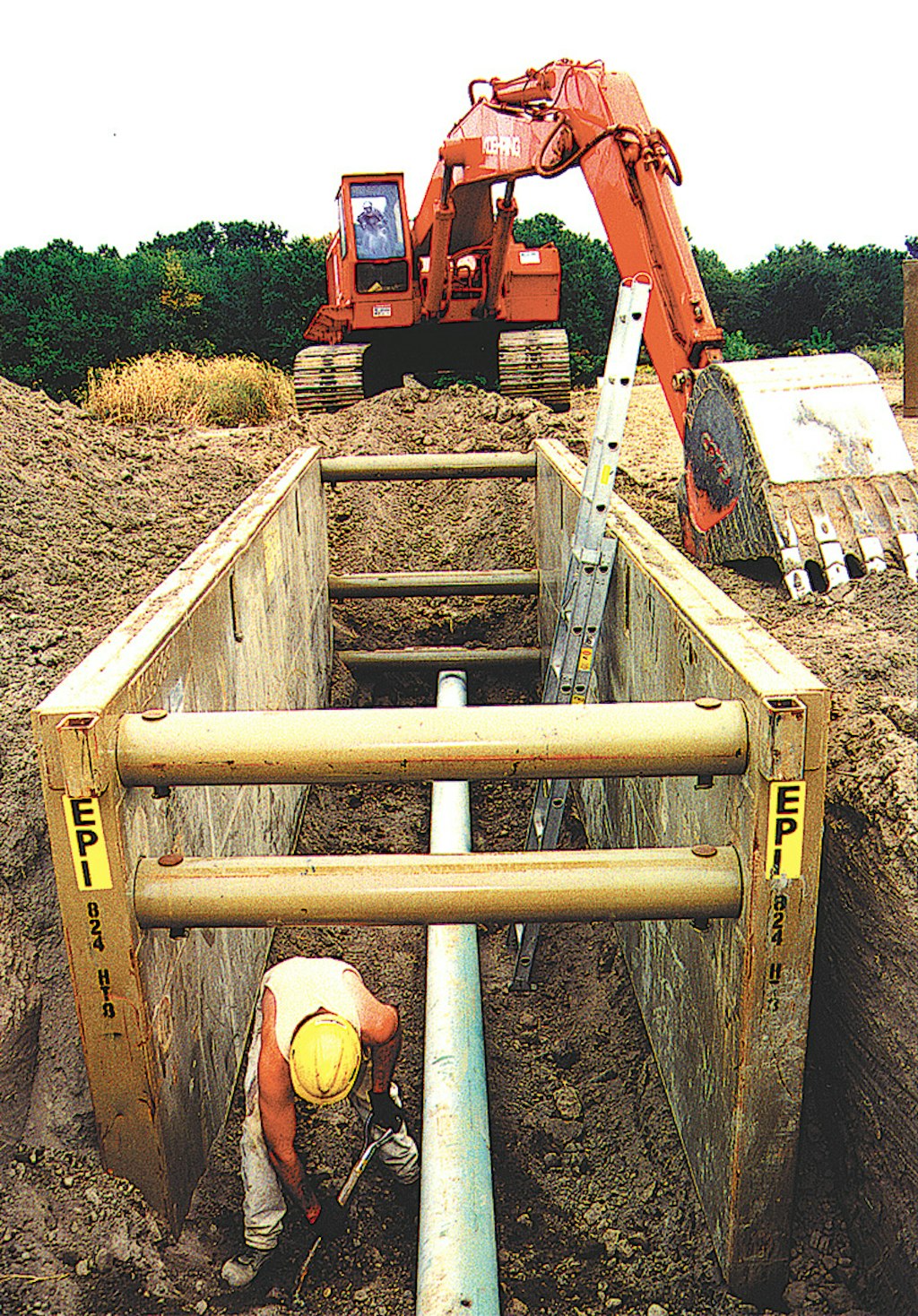
14 Steps To Ensure Safety In And Around Municipal Sewer And Water
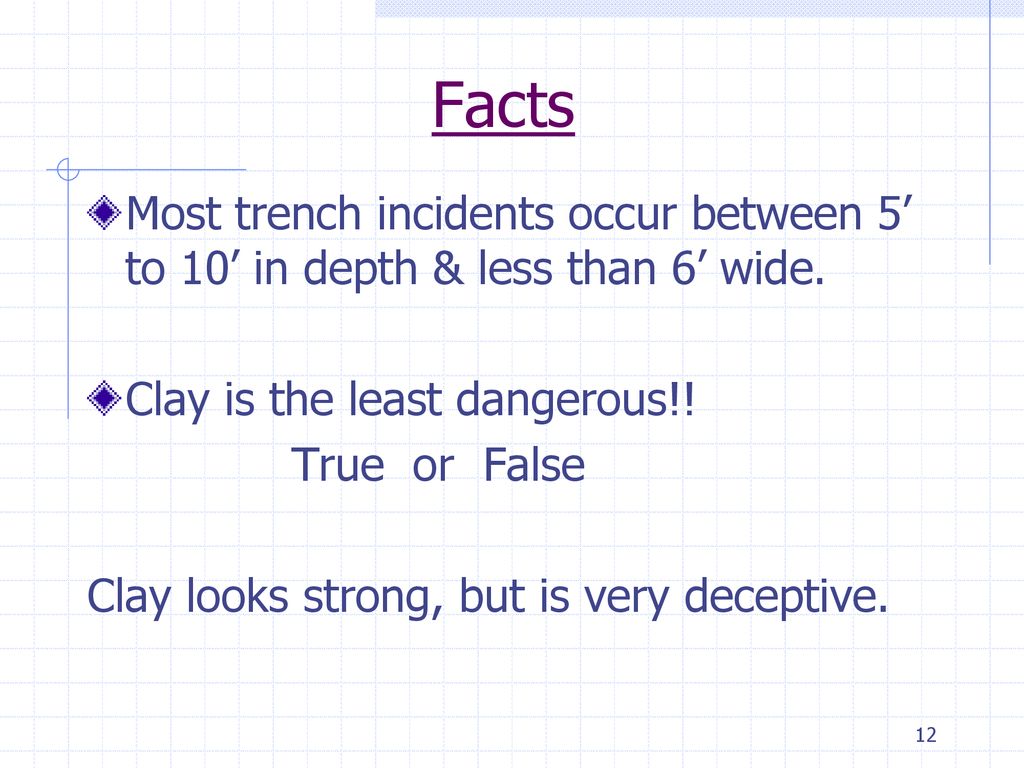
Trench Excavation Rescue Ppt Download
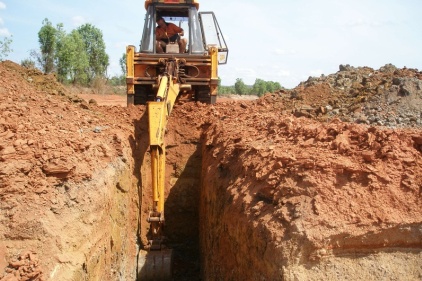
Sc Contractor Exposed Workers To Cave In Struck By Hazards 2015 04 15 Ishn

Photo Of The Day Trenching Safety Tips That Can Save A Life
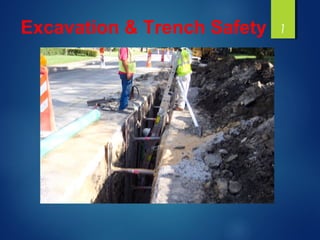
Excavation Trench Safety By Nuca

How Long Did It Take To Dig The Trenches In World War I Quora

1 Excavations Module 14 2objectives After This Module You Should Be Able To Identify The Most Common Excavation Hazards Take The Steps Necessary Ppt Download

Excavation And Trench Glyn Hope Health And Safety

Trench Collapse Is Imminent Here Trench Safety Training Www Scissorlift Training Workplace Safety Safety Training Online Safety
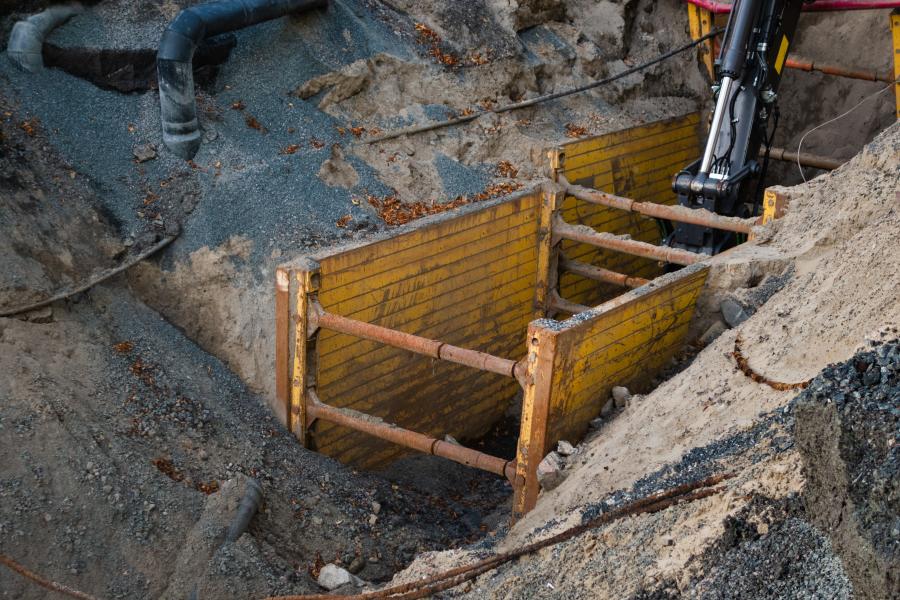
In The Trenches How To Avoid A Costly Deadly Accident Ceg

Trench And Excavation Safety Protection Methods Oshacademy Free Online Training
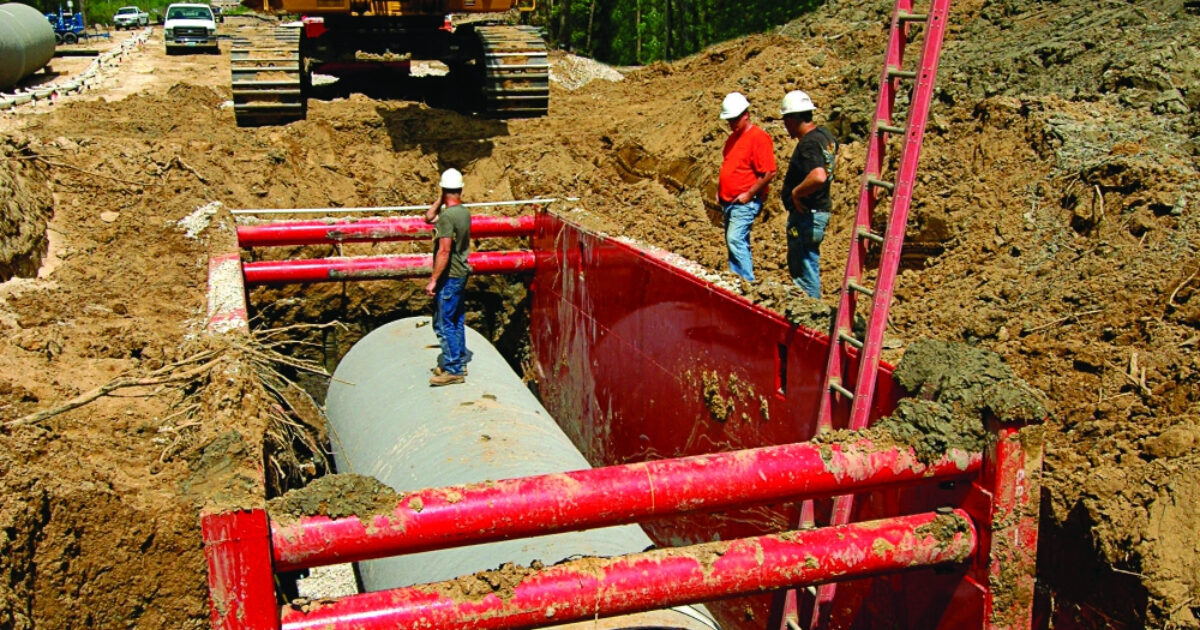
5 Steps To Prevent Trench Collapses Cleaner

Five Causes Of Trench Accidents Frekhtman Associates New York Injury Lawyer

4 Tips For Trench Safety Conexpo Con Agg 365 News



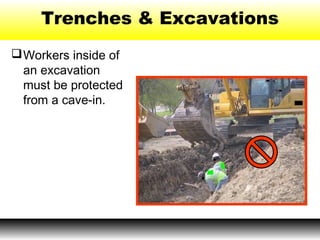
Comments
Post a Comment